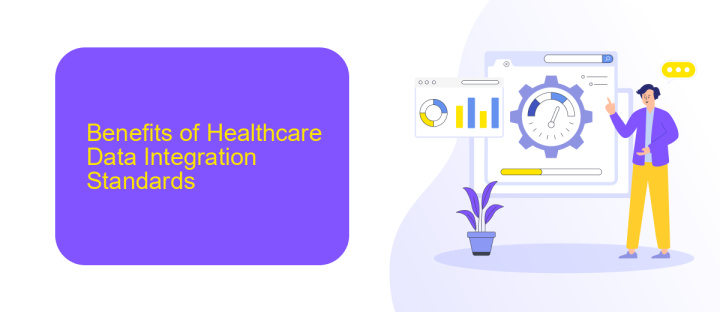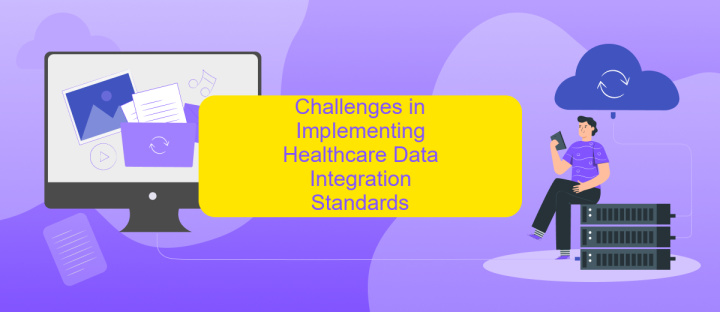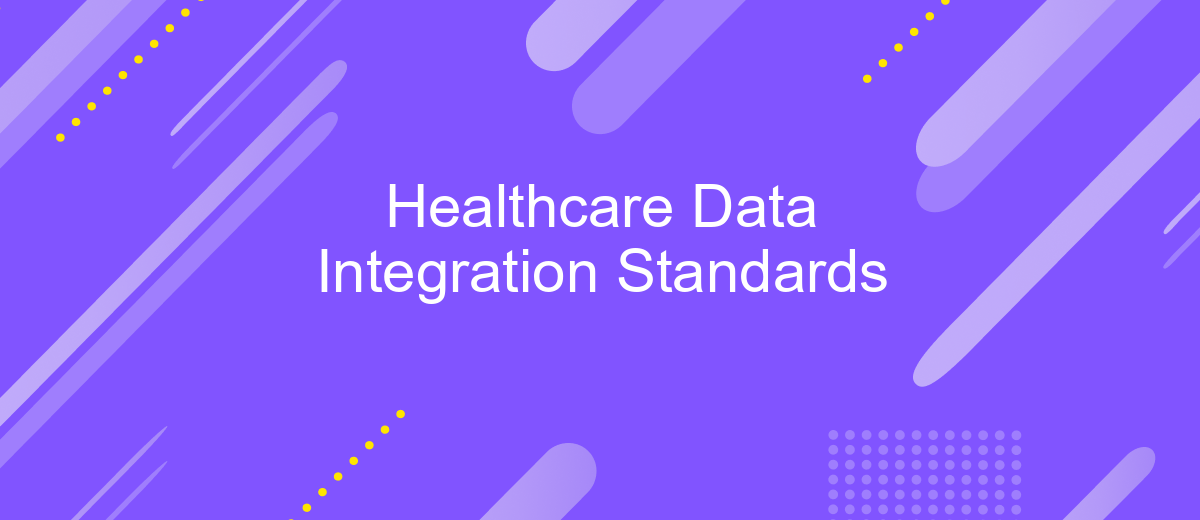Healthcare Data Integration Standards
In the rapidly evolving landscape of healthcare, data integration standards play a crucial role in ensuring seamless interoperability between diverse systems. These standards facilitate efficient communication, enhance patient care, and streamline administrative processes. This article explores the key healthcare data integration standards, their significance, and how they contribute to a more cohesive and effective healthcare ecosystem.
Introduction
Healthcare data integration standards are essential for ensuring seamless communication and interoperability between various healthcare systems and applications. These standards enable the efficient exchange of patient information, enhancing the quality of care and reducing administrative burdens. With the rapid evolution of healthcare technologies, the need for robust data integration standards has never been more critical.
- HL7 (Health Level Seven International)
- FHIR (Fast Healthcare Interoperability Resources)
- DICOM (Digital Imaging and Communications in Medicine)
- CCD (Continuity of Care Document)
- ICD (International Classification of Diseases)
Implementing these standards can be challenging, but services like ApiX-Drive simplify the process. ApiX-Drive facilitates the integration of various healthcare data systems, ensuring compliance with industry standards and enabling seamless data exchange. By leveraging such services, healthcare providers can focus on delivering high-quality patient care while maintaining efficient and secure data management practices.
Benefits of Healthcare Data Integration Standards

The integration of healthcare data through standardized protocols offers numerous benefits, enhancing the overall efficiency and quality of patient care. By adopting uniform standards, healthcare providers can ensure seamless data exchange between different systems, reducing the risk of errors and improving the accuracy of patient records. This interoperability facilitates better coordination among healthcare professionals, leading to more informed decision-making and timely interventions, ultimately improving patient outcomes.
Moreover, healthcare data integration standards streamline administrative processes, reducing operational costs and minimizing redundant tasks. Services like ApiX-Drive play a crucial role in this integration by providing automated data transfer solutions that connect various healthcare applications effortlessly. By leveraging such tools, healthcare organizations can focus more on patient care rather than technical challenges. Additionally, standardized data integration supports compliance with regulatory requirements, ensuring that patient information is securely and efficiently managed across the healthcare ecosystem.
Challenges in Implementing Healthcare Data Integration Standards

Implementing healthcare data integration standards presents numerous challenges that can hinder the seamless exchange of information across systems. These difficulties stem from various technical, organizational, and regulatory factors that must be addressed to achieve efficient data interoperability.
- Data Standardization: Different healthcare providers use various data formats and terminologies, making it difficult to standardize and integrate data.
- Legacy Systems: Many healthcare facilities still rely on outdated systems that are incompatible with modern integration standards.
- Privacy and Security: Ensuring patient data privacy and meeting regulatory compliance, such as HIPAA, adds complexity to the integration process.
- Cost and Resources: Implementing integration standards often requires significant financial investment and skilled personnel.
- Interoperability Issues: Achieving true interoperability between diverse systems remains a significant technical challenge.
To mitigate these challenges, healthcare organizations can leverage integration platforms like ApiX-Drive, which facilitate the seamless connection of disparate systems. ApiX-Drive offers automated workflows and data synchronization, reducing the manual effort required and ensuring data consistency across platforms. By utilizing such tools, healthcare providers can overcome integration barriers, enhancing the quality and accessibility of patient care.
Future of Healthcare Data Integration Standards

The future of healthcare data integration standards is poised for significant advancements as technology continues to evolve. With the increasing adoption of electronic health records (EHRs) and the need for seamless data exchange, new standards will emerge to ensure interoperability and data security.
One of the key trends will be the implementation of more sophisticated APIs and integration platforms. These tools will facilitate the exchange of healthcare data across different systems and organizations, enhancing patient care and operational efficiency. For instance, services like ApiX-Drive can automate data transfers between various healthcare applications, reducing manual effort and minimizing errors.
- Enhanced interoperability through advanced APIs
- Greater focus on data security and privacy
- Increased use of AI and machine learning for data analysis
- Adoption of blockchain technology for secure data sharing
As healthcare continues to digitalize, the importance of robust data integration standards cannot be overstated. These advancements will not only improve patient outcomes but also streamline administrative processes, making healthcare more efficient and effective.
- Automate the work of an online store or landing
- Empower through integration
- Don't spend money on programmers and integrators
- Save time by automating routine tasks
Conclusion
The integration of healthcare data is essential for improving patient care, streamlining operations, and ensuring compliance with regulatory standards. By adopting robust data integration standards, healthcare organizations can achieve greater interoperability, which enables seamless communication between various healthcare systems. This, in turn, leads to more accurate diagnoses, efficient treatment plans, and enhanced patient outcomes.
Utilizing advanced integration platforms like ApiX-Drive can significantly simplify the process of connecting disparate healthcare systems. ApiX-Drive offers a user-friendly interface and versatile tools that facilitate the seamless exchange of data between different applications and services. By leveraging such platforms, healthcare providers can ensure that critical patient information is readily accessible, leading to more informed decision-making and optimized care delivery. Embracing these technologies and standards is crucial for the ongoing evolution of the healthcare industry.
FAQ
What are the most common standards for healthcare data integration?
How does HL7 facilitate healthcare data integration?
What is FHIR and how does it improve interoperability?
How can healthcare organizations ensure compliance with data integration standards?
What tools are available for automating healthcare data integrations?
Do you want to achieve your goals in business, career and life faster and better? Do it with ApiX-Drive – a tool that will remove a significant part of the routine from workflows and free up additional time to achieve your goals. Test the capabilities of Apix-Drive for free – see for yourself the effectiveness of the tool.


